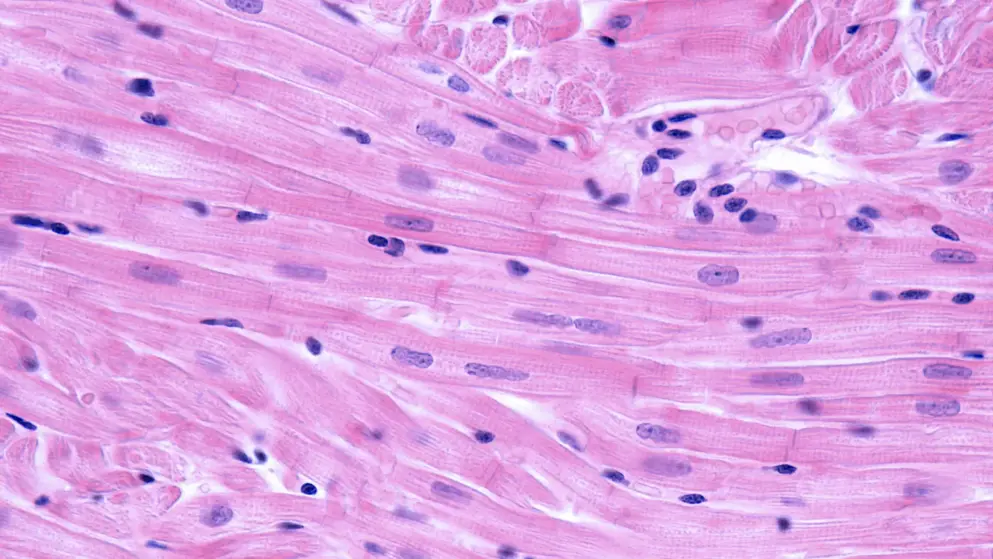
New Phase III data presented at WORLD Symposium reinforce Nexviazyme as potential new standard of care for all people living with late-onset Pompe disease
At WORLD Symposium, data from the Phase III COMET study long-term extension showed sustained treatment effect of Nexviazyme (avalglucosidase alfa) over nearly three years in late-onset Pompe disease (LOPD) patients who were treatment-naïve as well as those who switched from long-time standard of care, alglucosidase alfa, during the 96-week extension period
Additionally, a separate analysis of respiratory function showed clinical benefit over two years for patients who switched to Nexviazyme regardless of prior response to alglucosidase alfa.
Priya S. Kishnani, MD C.L. and Su Chen Professor of Pediatrics; Medical Director, YT and Alice Chen Pediatrics Genetics and Genomics Center; and Division Chief, Medical Genetics, Duke University Medical Center “The results presented at the 2023 WORLDSymposium continue to build on the data from the clinical trials on the value and long-term impact Nexviazyme may provide for a wide variety of people living with late-onset Pompe disease, from newly diagnosed patients to those who have been previously treated with alglucosidase alfa. Further, when examining patients treated with Nexviazyme who switched from using alglucosidase alfa, these data show clinical benefit both for patients who were stable on alglucosidase alfa and those who experienced sub-optimal response or decline.”
Nexviazyme maintained treatment effect at 145 weeks: The Phase III COMET trial enrolled 100 previously untreated LOPD patients who were randomized to receive either Nexviazyme (20 mg/kg) or alglucosidase alfa (20 mg/kg) every two weeks for 49 weeks during the double-blind primary analysis period. During the open-label extension period, long-term efficacy and safety outcomes were assessed up to 145 weeks in patients who continued their treatment with Nexviazyme (n=51), as well as those who switched to treatment with Nexviazyme from alglucosidase alfa (n=44) at the conclusion of the primary analysis period (Week 49).
After nearly three years (145 weeks), changes from baseline (least squares mean [standard error]) showed: i. Patients who received continuous Nexviazyme treatment for 145 weeks experienced sustained improvements in respiratory and motor function, showing a 1.40 (1.21) point improvement in forced vital capacity (FVC) percent-predicted and an average increase of 20.65 (9.60) meters in walking distance as measured by the six-minute walk test (6MWT), respectively, compared to baseline. ii. Patients who switched from alglucosidase alfa to Nexviazyme treatment during the extension period experienced stabilization of treatment effect, showing a 1.18 (1.32) point improvement in FVC percent-predicted and an average increase of 0.29 (10.42) meters in walking distance (6MWT), compared to baseline.
The safety profile during treatment with Nexviazyme was comparable between both study groups (those who started Nexviazyme in the primary analysis period and those who switched to Nexviazyme during the extension period). No new safety signals were observed in patients who switched from alglucosidase alfa to Nexviazyme during the extension period. Across both Nexviazyme treatment groups, five patients discontinued treatment during the extension period due to six adverse events (AEs); four were treatment-related (ocular hyperemia, erythema, urticaria, respiratory distress), and two were non-treatment-related (acute myocardial infarction, pancreatic adenocarcinoma).
Clinical benefits seen over two years for patients who switched to Nexviazyme: Subgroup analyses were also performed to assess respiratory function outcomes for the 44 patients who switched to Nexviazyme in the long-term extension period of the Phase III COMET study.
Patients were divided into two subgroups, responders (n=14) and non-responders (n=30) based on individual responses to initial treatment with alglucosidase alfa, as measured by the change in FVC percent-predicted (?FVC %predicted/year) pre- (baseline-week 49) and post-switch (week 49-week 145). Findings showed clinical benefits over two years following switch to Nexviazyme regardless of prior response to alglucosidase alfa: i. Patients who responded to alglucosidase alfa treatment in the primary analysis period had increased respiratory function (FVC slope, 4.67±1.28%/yr, p<0.001), which was maintained throughout the extension period with nexviazyme treatment (fvc slope, 0.14±0.94% yr, p="0.88)." ii. patients who did not respond to alglucosidase alfa treatment in the primary analysis period had reduced respiratory function while taking alglucosidase alfa (fvc slope, -2.12±0.87% yr, p="0.016);" however, switching to nexviazyme halted this decline in the extension period (fvc slope, 0.15±0.61% yr, p="0.81)."

